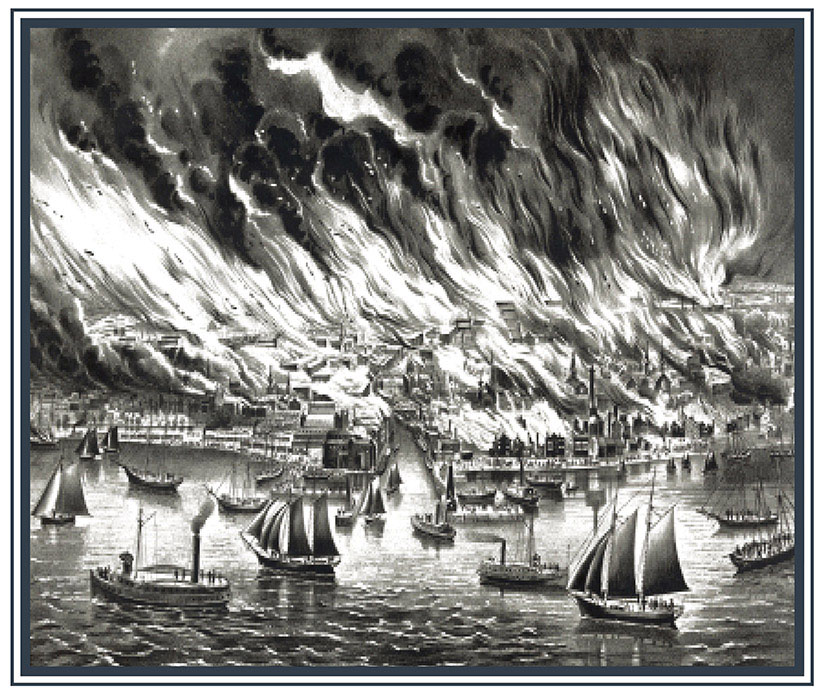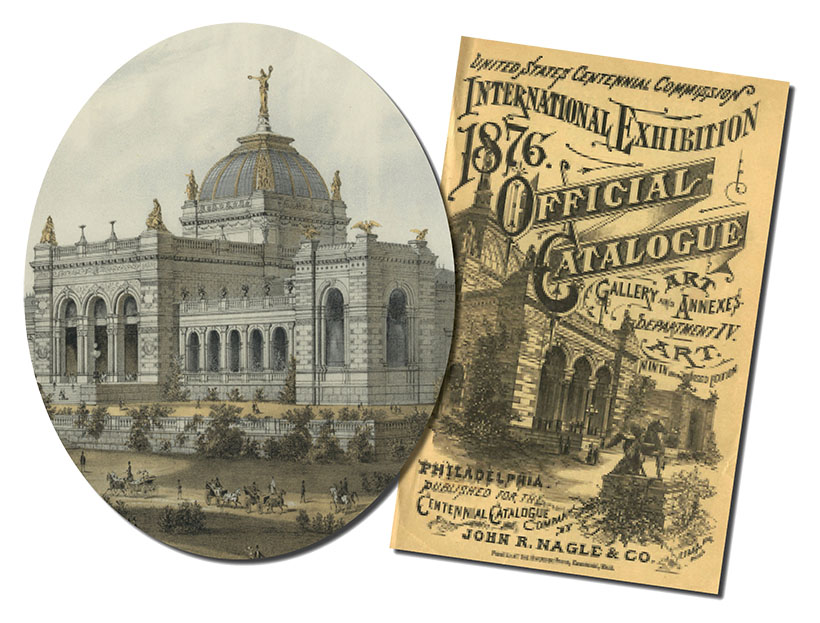Forgotten Legacy:
Judicial Portraits by Cornelia Adèle Fassett
Fassett’s Rise to Prominence
“Mrs. Fassett was famous throughout the entire country as a portrait painter of unusual talent, and…had before her easel as subjects of her brush, many of the most noted men and women of the land — men distinguished in statesmanship, politics, literature, and science, and women whose graces of mind and heart and beauty of person elevated them to a rank above that pertaining to their official positions.”
— The Washington Post, January 5, 1898
 Portrait of Cornelia Adèle Fassett by Mathew Brady.
Portrait of Cornelia Adèle Fassett by Mathew Brady.
Architect of the Capitol
From Hand Colorist to Portraitist
Fassett began her artistic career hand coloring prints in the studio of her husband, photographer Samuel Montague Fassett. Frustrated by the limited artistic training available for women in the United States, she traveled abroad to study under established artists in Paris and Rome. Her immersion in the European art world inspired her to become a portraitist, and she returned home to Chicago to establish her own career.
A Growing Reputation
The Fassetts played a prominent role in Chicago’s emerging art scene, and over the course of the next two decades Cornelia completed portraits of the city’s politicians and socialites. Her artistic talents also benefited philanthropic organizations, including the U.S. Sanitary Commission. In 1863, several of her works appeared in the Northwestern Soldiers’ Fair to raise money for the Union Army’s sick and wounded soldiers.
Women selling goods at a Sanitary Fair in New York City, Harper’s Weekly, April 23, 1864. Catalogue of art for sale at a Sanitary Fair in Philadelphia, 1864.
Courtesy of the Special Collections and University Archives, Wichita State University Libraries
 “The great fire at Chicago,” Currier & Ives, October 8, 1871.
“The great fire at Chicago,” Currier & Ives, October 8, 1871.
Library of Congress
Turning Tragedy into Opportunity
In 1871, the Fassetts suffered the same fate as many Chicagoans when their studio was damaged during the Great Chicago Fire. When another fire struck their studio in 1874, the Fassetts moved to Washington, D.C., where Samuel was hired as a photographer to the Supervising Architect of the Treasury Department. Shortly after setting up adjacent studios above a music store, the Boston Daily Evening Transcript reported that the Fassetts’ social gatherings were “a notable feature of the social life of the city.”
Building a Capital Career
The blossoming of Fassett’s career coincided with a “golden age” for the arts in Washington. Between 1875 and 1915, the city became home to an abundance of artistic talent, leading to the formation of art organizations and schools. Many artists sought patronage from federal agencies and public officials. Fassett was among the few female artists who was successful in securing commissions of notable government figures, such as Presidents Ulysses S. Grant, Rutherford B. Hayes, and James A. Garfield.
 Art Gallery at the Centennial Exposition of 1876 by Thomas Hunter.
Art Gallery at the Centennial Exposition of 1876 by Thomas Hunter.
Library of Congress
Official catalogue for the Centennial Exposition of 1876.
Library Company of Philadelphia
On the World Stage
The Centennial Exposition of 1876 afforded Fassett the opportunity to present her work to a wider audience. Attracting nearly ten million visitors, the Exposition took place at Philadelphia’s Fairmont Park. For a small fee, visitors could wander through thousands of exhibitions on machinery, agriculture, and art. While many nations exhibited at the Fair, the Exposition’s primary aim was to showcase the rapidly developing industrial power and abundant natural resources of the United States.